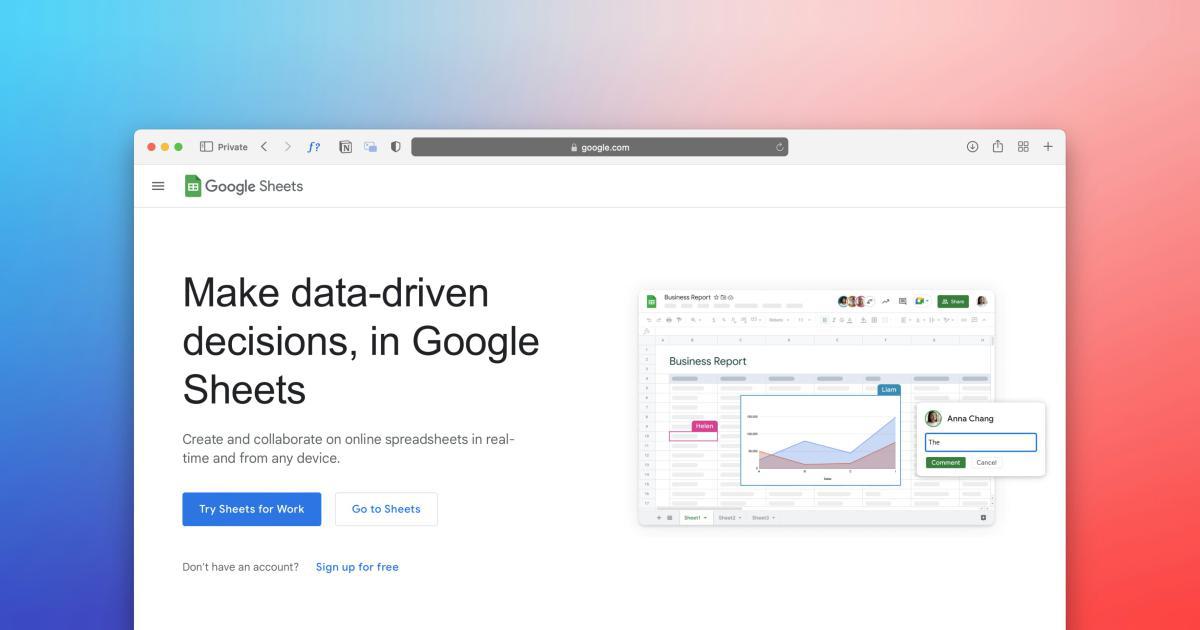6 Advanced Tips for Maximizing Cross-Domain Tracking in Analytics

In the ever-evolving digital landscape, understanding and optimizing cross-domain tracking has become essential for businesses seeking to gain a competitive edge. Cross-domain tracking, the ability to track user interactions across multiple domains, is a powerful tool that allows organizations to connect the dots between various touchpoints and gain a holistic view of the customer journey.
By implementing robust cross-domain tracking strategies, companies can unlock a wealth of insights that can drive more informed decision-making, personalized experiences, and ultimately, increased revenue. In this comprehensive article, we'll explore six advanced tips to help you maximize the potential of cross-domain tracking in your analytics efforts.
Tip 1: Implement a Unified Customer ID Across Domains
One of the foundational elements of effective cross-domain tracking is the implementation of a unified customer ID. This unique identifier allows you to connect user interactions across different domains, providing a cohesive view of the customer's journey.
To achieve this, you can leverage various techniques, such as:
Server-Side ID Stitching
Server-side ID stitching involves passing a unique identifier, such as a session ID or a customer ID, between your domains using server-to-server communication. This approach ensures that the customer ID is consistently applied across all touchpoints, even when users navigate between your domains.
Client-Side ID Sharing
Another method is client-side ID sharing, where the customer ID is stored in the user's browser and automatically passed between your domains. This can be accomplished using techniques like cross-domain cookies or localStorage, ensuring a seamless tracking experience for the user.
Whichever approach you choose, the key is to establish a reliable and persistent customer ID that can be consistently applied across all domains, providing a unified view of the customer's interactions.
Tip 2: Leverage Cross-Domain Redirect Tracking
When users navigate between your domains, it's essential to maintain the tracking continuity. Cross-domain redirect tracking allows you to preserve crucial data, such as campaign details or session information, even when users are redirected to a different domain.
To implement cross-domain redirect tracking, you can utilize techniques like:
URL Parameter Passing
By appending relevant tracking parameters to the redirect URL, you can pass valuable information between domains. This could include campaign IDs, referral sources, or other contextual data that can aid in understanding the user's journey.
Custom Redirect Scripts
Alternatively, you can develop custom redirect scripts that handle the data transfer between domains. These scripts can capture and pass the necessary information, ensuring a seamless transition for the user while maintaining the integrity of your tracking data.
Implementing cross-domain redirect tracking is essential for maintaining the continuity of your customer journey data, enabling you to draw meaningful insights and make more informed decisions.
Tip 3: Integrate Cross-Domain Tracking with Tag Management
Tag management systems (TMS) have become an integral part of modern analytics and marketing strategies. By integrating your cross-domain tracking efforts with a robust tag management solution, you can streamline the implementation process and ensure consistent data collection across your domains.
Leverage TMS Capabilities
Many leading tag management platforms, such as Google Tag Manager, Adobe Launch, or Tealium, offer built-in support for cross-domain tracking. These solutions provide pre-built templates, variables, and triggers that simplify the implementation process, reducing the need for custom code development.
Centralized Configuration and Update Management
Using a TMS, you can manage your cross-domain tracking configuration from a single, centralized platform. This allows you to make updates, troubleshoot issues, and roll out changes more efficiently, ensuring that your tracking remains accurate and up-to-date across all domains.
By integrating your cross-domain tracking with a comprehensive tag management system, you can enhance the scalability, flexibility, and maintainability of your analytics implementation.
Tip 4: Implement Advanced Techniques for Accurate User Identification
Accurately identifying users across domains is crucial for effective cross-domain tracking. While the unified customer ID approach lays the foundation, you can further enhance user identification by leveraging advanced techniques:
Cross-Device Tracking
Utilize device fingerprinting or login-based tracking to connect user interactions across multiple devices, providing a more comprehensive understanding of the customer journey.
Third-Party Identity Resolution
Integrate with third-party identity resolution services, such as customer data platforms (CDPs) or identity management solutions, to enhance user identification and unify customer profiles across your domains.
Consent-Based Tracking
Ensure that your cross-domain tracking practices align with evolving privacy regulations and user consent requirements. Implement transparent consent management and data governance policies to maintain trust and compliance.
By incorporating these advanced user identification techniques, you can achieve more accurate and comprehensive cross-domain tracking, leading to better-informed business decisions and personalized customer experiences.
Tip 5: Leverage Multi-Touch Attribution Models
Cross-domain tracking unlocks the opportunity to implement advanced attribution models that can provide a deeper understanding of the customer journey and the impact of various touchpoints.
Multi-Touch Attribution
Explore multi-touch attribution models, such as linear, time decay, or position-based attribution, to assess the contribution of each touchpoint across your domains. This can help you optimize marketing strategies, allocate resources more effectively, and improve the overall customer experience.

Algorithmic Attribution
Consider adopting more sophisticated algorithmic attribution models, which utilize machine learning or artificial intelligence to dynamically assign credit to different touchpoints based on their impact on the desired outcome.

By leveraging advanced attribution models in your cross-domain tracking efforts, you can gain deeper insights into the customer journey and make more informed decisions to drive business growth.
Tip 6: Integrate Cross-Domain Tracking with Other Data Sources
To truly maximize the potential of cross-domain tracking, it's essential to integrate your analytics data with other relevant data sources. This holistic approach can provide a comprehensive understanding of your customers and their interactions.
Combining with Customer Data Platforms (CDPs)
Integrate your cross-domain tracking data with a customer data platform, which can unify customer profiles and enable advanced segmentation, personalization, and targeted marketing initiatives.

Connecting with Enterprise Data Warehouses
Seamlessly integrate your cross-domain tracking data with your enterprise data warehouse, allowing you to combine it with other business data, such as sales records, customer service interactions, or product information, for a more comprehensive analysis.

By integrating your cross-domain tracking data with other data sources, you can unlock powerful insights, enhance decision-making, and create more personalized and impactful customer experiences.